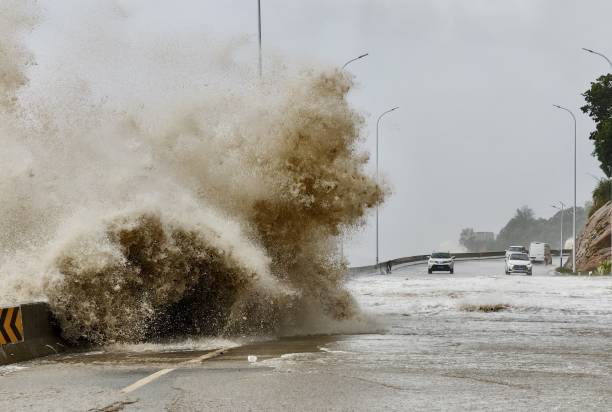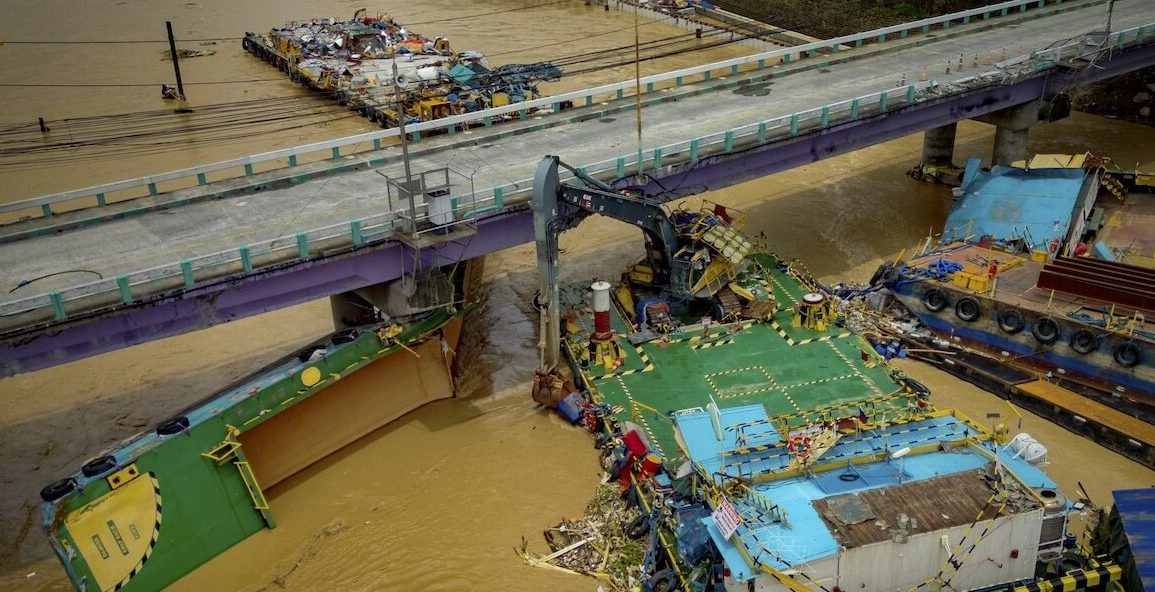In late July, Typhoon Gaemi unleashed devastation across the Philippines, Taiwan, and China’s Hunan province, killing at least 100 people and displacing millions.
The storm, characterized by its extreme intensity, saw wind speeds of up to 145 mph (233 km/h) and rainfall levels significantly higher than typical for such events.
Recent analysis by the World Weather Attribution (WWA) has highlighted the profound impact of climate change on the ferocity of Typhoon Gaemi.
The study reveals that human-induced global warming increased the typhoon’s wind speeds by approximately 9 mph (14 km/h) and boosted its rainfall by up to 14%.
This enhancement in storm strength is attributed to the warming of ocean waters, a phenomenon closely linked to fossil fuel emissions.

Dr. Ben Clarke of Imperial College London, a key researcher in the study, underscores that the era of increasingly severe and lethal typhoons is a direct consequence of fossil fuel-driven climate change. “Asia faces growing dangers from more intense storms until we transition to renewable energy sources,” Clarke asserts.
Dr. Friederike Otto, also from Imperial College London, emphasizes the urgent need to mitigate the impacts of such powerful typhoons. “To better protect vulnerable communities, Asia must address inequality and enhance resilience against extreme weather,” Otto advises.
The research highlights a troubling trend: since 1900, the frequency of typhoons with intensities comparable to Gaemi has increased by 30% in the northwest Pacific Ocean. With global temperatures rising, the frequency of such severe weather events is expected to continue climbing.
Efforts to improve flood protection and emergency response are ongoing, but the increasing severity of weather events poses significant challenges.
Maja Vahlberg, a climate risk consultant for the Red Cross Red Crescent Climate Centre, stresses the need for urgent action. “We must enhance our systems to cope with these extreme events. The safety of millions depends on our decisions today,” Vahlberg warns.
The growing frequency and intensity of storms like Typhoon Gaemi serve as a stark reminder of the urgent need to address climate change and strengthen disaster preparedness.

